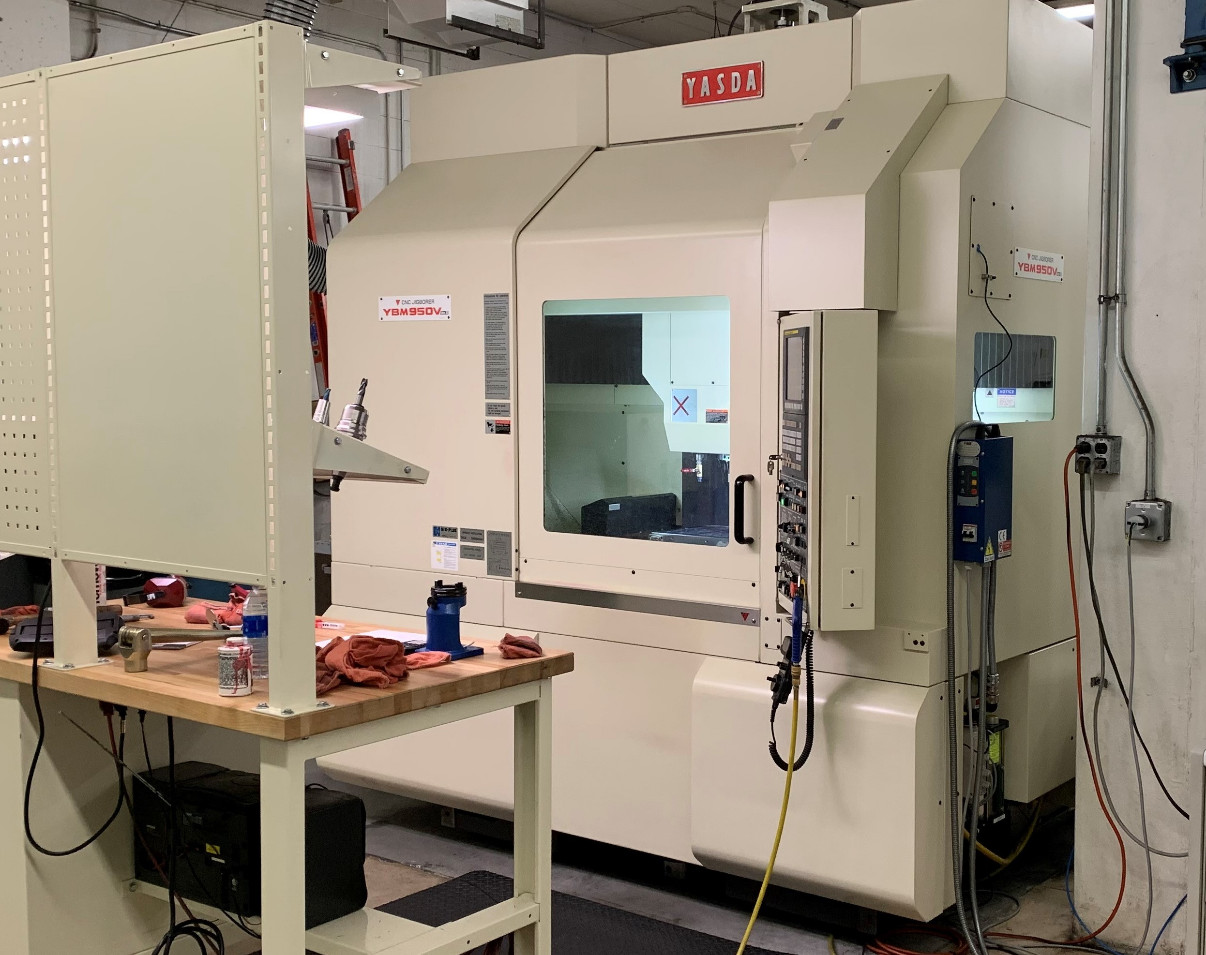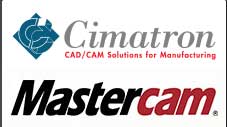Injection molding is widely known as a high-volume manufacturing process—but it can also be used to create prototypes. At Preferred Tool, we define injection molded prototypes as several hundred to a thousand parts produced using single-cavity, low-cost tooling. While the manufacturing process is identical to that of mass production, the tooling, materials, and scale differ. For all of your mold needs contact Preferred Tool located in Hugo Minnesota serving the entire Twin Cities Metro, they are your local experts.
Key Differences Between Prototypes and Production Runs
1. Tooling Materials and Cost
Prototypes use less robust tooling—often aluminum or softer steels—to reduce material and labor costs. These tools don’t last as long but are ideal for short runs.
2. Speed vs. Functionality
Prototyping focuses on proving design feasibility, not maximizing speed. Since part production is relatively inexpensive, prototype tools aren’t optimized for rapid cycles. In contrast, mass production requires fast cycle times to keep part costs low, so tooling is designed accordingly.
3. Automation vs. Manual Labor
In production, automation like robotic part handling reduces long-term costs. But for prototypes, it’s faster and cheaper to manually remove a few hundred parts rather than invest in automation.
4. Industry Relevance
Injection molded prototypes are less common in industries with tight launch timelines or offshore production. However, they’re essential in regulated industries where extensive evaluation is needed before launch.
Why Use Injection Molded Prototypes?
-
Validate Design for High-Volume Production
Before investing in expensive multi-cavity tooling, prototypes let you ensure your design works with production-grade materials and processes. -
Conduct Realistic Consumer Testing
When gathering feedback, prototype parts that closely resemble final products make research more effective and meaningful. -
Test Product and Assembly Thoroughly
Complex products often need performance and assembly testing. Prototypes built using final materials and methods ensure reliability. -
Support Sales and Distribution
Distributors and customers are more likely to commit when shown a finished, tangible product—not just a sketch or CAD drawing.
Costing Considerations
In mass production, cost is everything. Even fractions of a penny matter, and calculations often go to four or six decimal places. Setup times, color changes, and other factors are optimized to spread across large volumes.
With prototypes, those costs are more flexible. Color or material changes are quicker and cheaper when you’re only producing a few hundred parts.
Bottom Line:
Injection molded prototypes offer a valuable bridge between concept and mass production. They allow you to test, refine, and demonstrate your product using the same process and materials you’ll use in full production—just on a smaller, more cost-effective scale. For all of your mold needs contact Preferred Tool located in Hugo Minnesota serving the entire Twin Cities Metro, they are your local experts. Call Today


